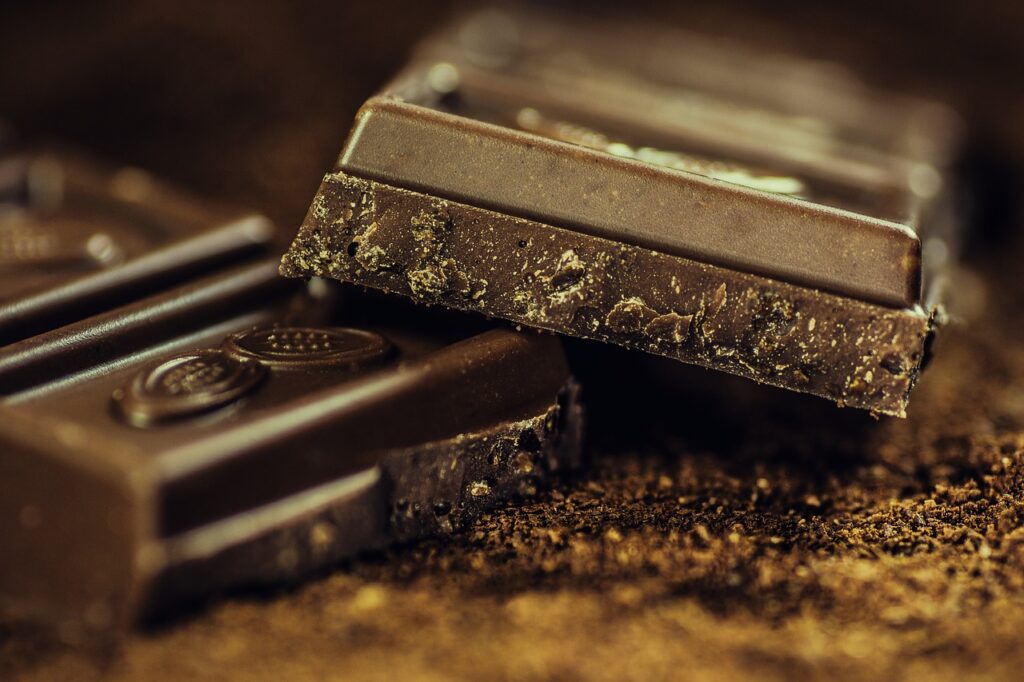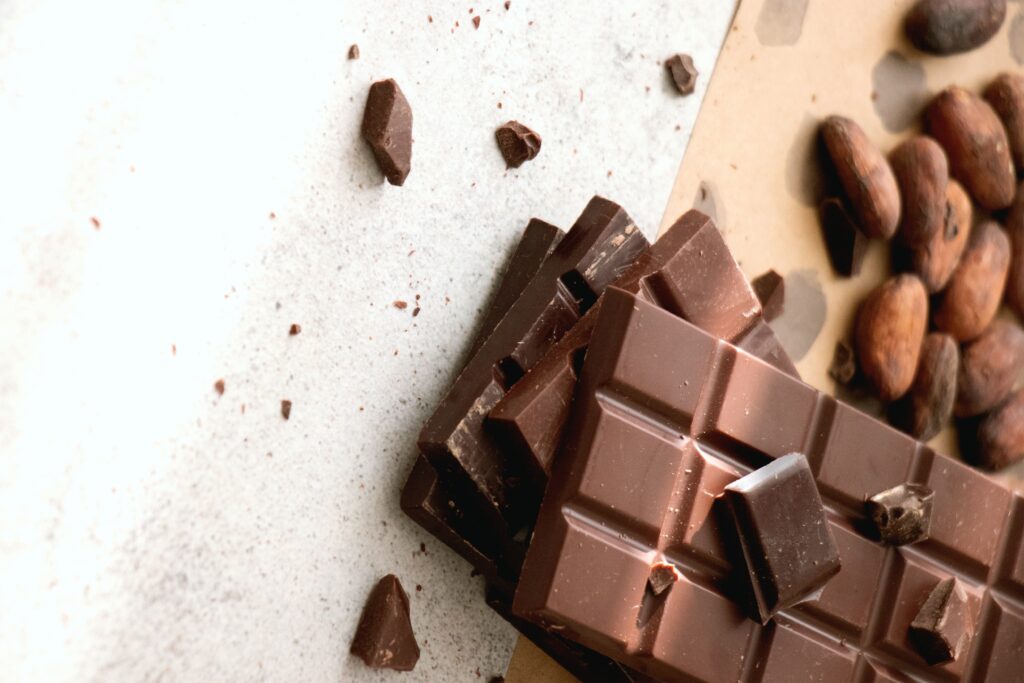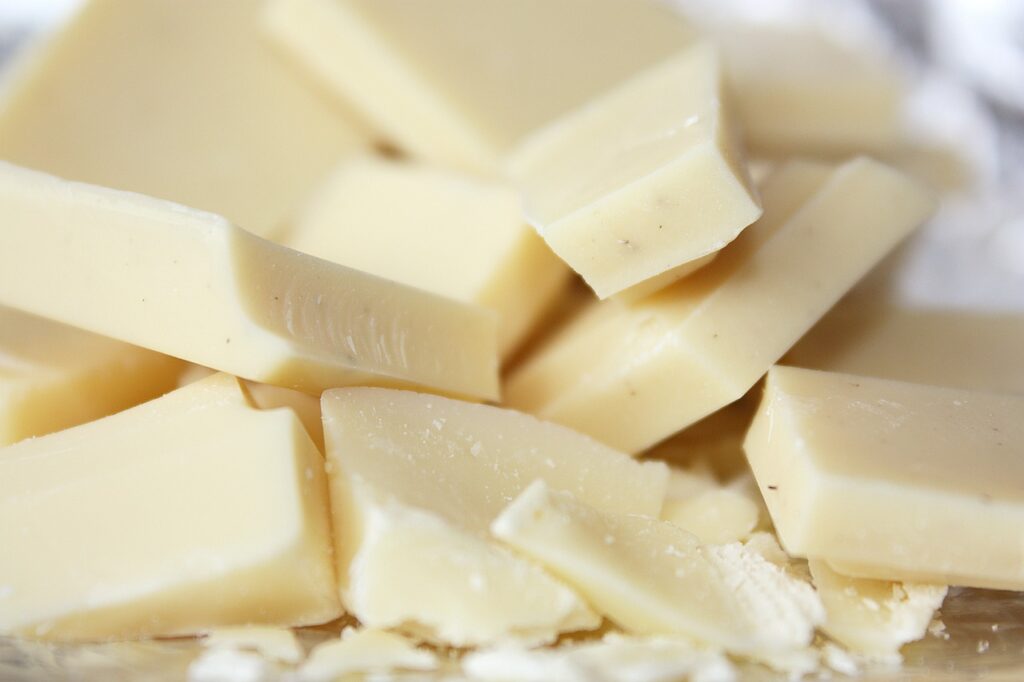Let’s take a moment to explore the variety of chocolates available on the market. First, it’s essential to recognize that cocoa, the fundamental ingredient in chocolate, originates from a plant native to a sprawling region that spans from Mexico through Central America to the tropical zones of South America. This plant is the cornerstone of the various chocolate types we cherish. Beyond its distinctive flavor, chocolate has remarkable health benefits, largely due to its high cocoa content.
Cocoa is not merely an ingredient; it is a treasure trove of essential nutrients, including manganese, copper, magnesium, iron, phosphorus, calcium, potassium, and a host of vitamins such as A, D, and E, as well as several B vitamins. These nutrients are vital for numerous bodily functions and contribute significantly to overall health and wellness. Additionally, chocolate serves as an excellent source of polyphenols, known for their powerful antioxidant properties. These antioxidants are beneficial to our bodies, potentially enhancing the immune system and cardiovascular health. They can improve lipid profiles by increasing levels of good cholesterol (HDL) while lowering bad cholesterol (LDL).
These advantages position chocolate—especially varieties with a high cocoa content—as a suitable addition to a healthy diet. According to the National Health Surveillance Agency (ANVISA), a product can be officially classified as chocolate only if it is made with cocoa and sugar, potentially including other food components. Therefore, when selecting chocolate, it’s crucial to pay attention to the ingredients and their proportions, as these factors can influence both flavor and health benefits. To better differentiate between the types of chocolate—such as dark, milk, and white—and to determine which might be most beneficial or aligned with your tastes, please explore the detailed information in the post below.
Life is like a box of chocolates. You never know what you’re gonna get.
-Tom Hanks
Jump To Section
History
You can also watch this and other exclusive GA Originals on YouTube.
The history of chocolate is a captivating saga that spans thousands of years. Cacao, the source of chocolate, traces its roots to Central and South America. The Olmecs were the first to cultivate cacao around 1500 BC, using the beans to create a ceremonial drink. This early beverage was bitter and often spiced, serving as a precursor to modern chocolate. Over time, the Mayan and Aztec civilizations embraced cacao, embedding it deeply in their cultures. The Mayans referred to this drink as “xocolatl,” believing it possessed divine properties and using it in sacred rituals. Meanwhile, the Aztecs valued cacao beans so highly that they served as a form of currency. For them, the cacao drink was a luxury reserved for nobles and warriors, often sweetened with honey or spiced with pepper.
The arrival of Europeans in the New World during the 16th century introduced cocoa to Europe, where it quickly gained popularity among the aristocracy. The Spanish began to sweeten it with sugar and enhance it with spices, making it a favored drink in European courts. As the centuries unfolded, the cocoa drink evolved, being served both hot and cold, ultimately leading to the creation of solid chocolate. The 19th century saw significant advancements in chocolate manufacturing, such as the cocoa press and the introduction of milk, paving the way for iconic brands like Cadbury, Nestlé, and Lindt. Chocolate became widely accessible, transforming into a symbol of indulgence and pleasure.
Today, chocolate is much more than a mere treat; it wields considerable cultural, economic, and social influence globally. However, chocolate production is fraught with challenges, including sustainability, fair trade, and labor rights. The industry is evolving, with a growing demand for artisanal, organic, and single-origin chocolates reflecting a renewed appreciation for the craftsmanship behind chocolate-making and the origins of cacao. Thus, the history of chocolate is an intricate tapestry weaving together diverse cultures, traditions, and innovations, solidifying its status as one of the world’s most cherished delicacies.
Dark Chocolate

Among the various types of chocolate available, dark chocolate distinguishes itself with its intense and robust flavor profile, marked by astringency and bitterness. This depth of flavor is primarily due to its high cocoa concentration, a key factor in the overall taste experience. In contrast to milk chocolate, which often contains milk solids and a significant amount of sugar, dark chocolate retains its purity by emphasizing cocoa in its most unrefined state.
The defining ingredient of dark chocolate is chocolate liquor, a rich blend of cocoa butter and cocoa solids. This mixture is vital, as cocoa solids deliver the strong, full-bodied flavor that aficionados adore. Additionally, dark chocolate may include other elements such as sugar, lecithin — serving as an emulsifier — and various flavorings that enhance its taste. It’s important to note that as cocoa content increases, so does the bitterness, while the sugar content typically decreases.
This combination not only yields a more authentic and nuanced flavor but also results in a product often regarded as more nutritious. Consequently, dark chocolate is celebrated not only for its complex flavor profile but also for its potential health benefits, making it a favored choice for those seeking a delicious and healthier alternative to sweeter chocolates.
Milk Chocolate

Milk chocolate embodies a diverse category that includes both high-quality and low-quality varieties, many of which are mass-produced for widespread consumption. This type of chocolate is defined by a distinct combination of ingredients that, while sharing the foundational elements of dark chocolate, are blended in different proportions.
Milk chocolate contains less cocoa mass, which results in a milder flavor compared to dark chocolate, noted for its complex palate. To offset this reduced cocoa mass, milk chocolate incorporates a higher quantity of cocoa butter, creating a smoother and creamier texture, complemented by a significant concentration of sugar that enhances its sweetness.
A key ingredient in milk chocolate is milk powder, which contributes not only to its sweet flavor but also to its characteristic light brown color. However, an important consideration is that the higher proportions of sugar and milk solids often lead to a reduced amount of cocoa butter. This decrease in cocoa butter can compromise the quality of the chocolate, diminishing the beneficial nutrients typically found in varieties with higher cocoa content.
Furthermore, the reduced cocoa butter affects the visual appeal of the chocolate; unlike dark chocolate, known for its glossy surface and brittle texture that are highly prized in dessert presentation, milk chocolate may not achieve the same aesthetic finish and texture. Consequently, when selecting milk chocolate for recipes, it is crucial to acknowledge these differences and their potential impact on the final culinary outcome.
White Chocolate

Did you know that many confectioners do not regard white chocolate as true chocolate? This perception arises from its markedly different composition compared to dark and milk chocolates. White chocolate primarily consists of milk, sugar, and cocoa butter, but it lacks cocoa mass—the key component that imparts chocolate’s distinctive flavor.
Consequently, many experts view it as a byproduct of cocoa, typically employed in fillings and toppings for sweets and desserts. However, ANVISA Resolution No. 264 of 2005 outlines specific criteria for what qualifies as chocolate. According to this resolution, a product must be created from a combination of cocoa derivatives (from the genus Theobroma cacao L.), including cocoa mass (or paste or liquor), cocoa powder, and/or cocoa butter, along with other ingredients, and must contain at least 25% (g/100 g) of total cocoa solids.
In contrast, white chocolate is classified as a mixture of cocoa butter with other ingredients and must contain a minimum of 20% (g/100 g) of total cocoa butter solids. Thus, in Brazil, white chocolate is officially recognized as chocolate if it meets this percentage requirement. It’s worth mentioning that white chocolate generally has a much higher sugar and fat content than traditional chocolates, which limits its health benefits.
Despite this scrutiny, the demand for high-quality white chocolate has surged, carving out a niche in a market that, while still modest, is expanding. This trend reflects a growing enthusiasm for products that blend the creaminess of white chocolate with various flavors and ingredients, demonstrating that, even amid debate, this confection has secured a beloved place among many chocolate enthusiasts.
Bottom Line
The distinction between dark, milk, and white chocolate lies in their ingredients, flavors, and overall consumption experience. Dark chocolate contains 60% to 99% cocoa, delivering a rich and bitter taste with minimal sugar. It’s often regarded as the healthier option due to its high antioxidant content and lower calorie count. In contrast, milk chocolate contains 30% to 50% cocoa, offering a creamy, sweet flavor that appeals particularly to children, blending the richness of chocolate with the smoothness of milk. White chocolate, distinctively, lacks cocoa solids, consisting only of cocoa butter, sugar, and milk powder, resulting in a sweet and creamy flavor, yet devoid of the complexity found in dark and milk chocolates.
Overall, the main differences revolve around the proportions of cocoa and milk, as well as the unique sensory experiences each type provides, making chocolate a beloved and versatile ingredient in global cuisine.
Did you like this article?
I hope this article has helped you improve your skills. To learn more, take a look at Crème Brûlée: How To Make It At Home Perfectly.
Leave a comment below and share our content. Help our community grow by following our social media on Spotify, Instagram, Facebook, YouTube, and TikTok. And stay up to date with the news from the world of Gastronomy.
Don’t forget to tag @gastrovinoacademy on Instagram and hashtag it #gastrovinoacademy.
Cheers 🍷


